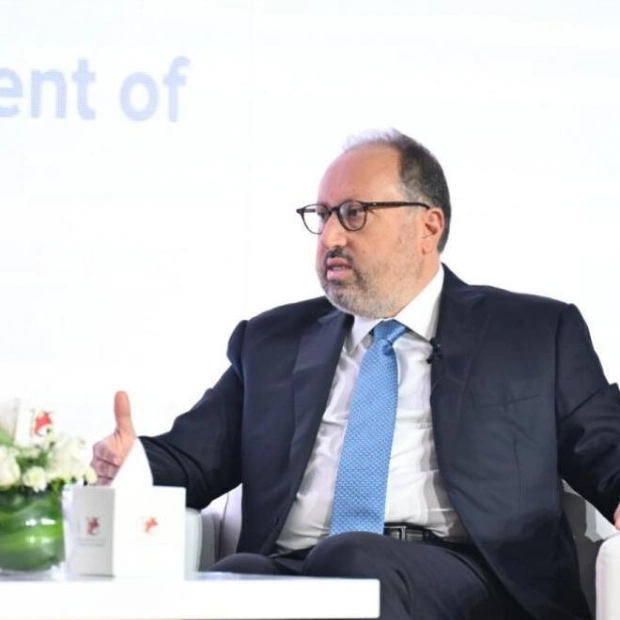It all started with a routine check of some cables at the Renaissance Villa Farnesina in Rome...
But what electrician Davide Renzoni found when he opened a ceiling trapdoor was truly astonishing—a secret hidden for centuries. Above a 19th-century vaulted ceiling, he discovered vibrant 17th-century frescoes, untouched by time.
"The first thing I saw was the landscape behind me and this ‘putto’ (cherub). Then I noticed another trapdoor, so I fetched a lamp for better visibility. When I turned it on, I was greeted by this wonder—these frescoes," Renzoni recalls.
"My initial reaction, given that I'm not an expert in this field and had never encountered something like this before, was sheer astonishment," he says.
Villa Farnesina, a gem of Renaissance architecture along the Tiber River, is famous for its Raphael frescoes. No one knew about these newly discovered frescoes, which a research team is now studying. These frescoes are on the old ceiling of what was once the living room of Agostino Chigi, the wealthy banker and patron who commissioned the villa in the early 16th century.
They were concealed above the current ceiling, which was built and frescoed in the 19th century. After the sensational discovery, Renzoni quickly contacted Virginia Lapenta, curator of Villa Farnesina. With great excitement, she saw the bas-relief of the Farnese coat of arms and immediately realized another piece of the villa's 17th-century history had been uncovered.
"The surprise was accompanied by great emotion, especially since the Accademia dei Lincei conducts numerous studies and research projects at Villa Farnesina through a cultural heritage research centre," Lapenta says.
Ongoing analysis suggests the frescoes were likely created by Baroque painter Carlo Maratta and his pupils, Girolamo Troppa and Francois Simonot, during Maratta’s 1693 restoration of Raphael’s Cupid and Psyche. The discovery reveals Maratta also worked on lesser-known areas, including Chigi’s living room, hidden for centuries by 19th-century renovations.
Currently inaccessible due to the tight space, the frescoes can be admired via high-resolution photos and live camera feeds. This discovery has inspired a new exhibition, 'The Seventeenth Century in the Villa Farnesina,' at the villa. The exhibition, open until 12 January 2025, showcases works that provide a deeper insight into Raphael's influence in 17th-century Rome, including Pietro da Cortona's 'Galatea.'
Source link: https://www.euronews.com






